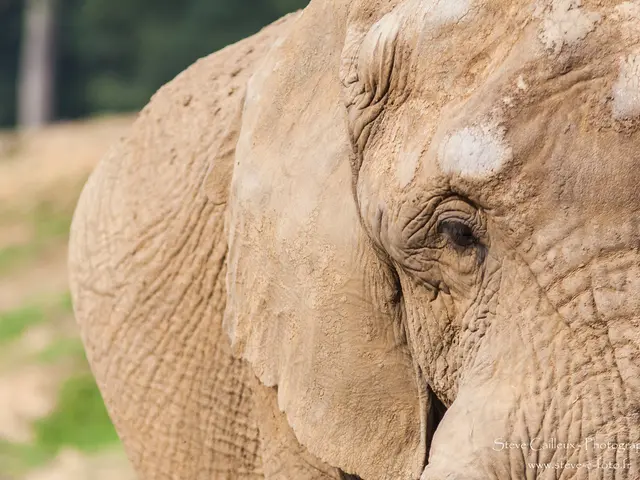A Different Strain of the H5N1 Avian Influenza Transmitted from Cattle to Humans
Title: H5N1 Bird Flu: A New Concern in Dairy Farms and Human Health
H5N1 bird flu is making headlines once again, this time due to a new strain that has spread from dairy cows to humans. The Centers for Disease Control and Prevention (CDC) and Nevada health officials recently confirmed the first human case of highly pathogenic avian influenza H5N1 in the state, involving a farm worker.
This farm worker, exposed to sick cows, contracted the D1.1 genotype of H5N1, making it the 68th total case of H5N1 in humans in the U.S. since 2024. The D1.1 genotype, despite causing mild illness in cows and humans in the past, has been increasingly prevalent in wild birds and has recently been detected in dairy cows.
The virus, which initially jumped the species barrier from birds to cows in early 2024, has caused outbreaks in 16 states since last year, spilling over into other mammals such as cats and humans. While the virus continues to cause mass die-offs of wild birds and poultry, the recent case in Nevada raises concerns.
Namely, the D1.1 genotype has been linked to more severe symptoms in humans compared to the B3.13 genotype, which has been largely mild. The farm worker in Nevada experienced conjunctivitis, and while no further human cases have been identified, the risk of human-to-human transmission remains low but not entirely ruled out.
The USDA has identified a mutation in the cow-derived strains of D.1.1, which could potentially make it easier for H5N1 to infect and sicken mammals, heightening concern. However, it's important to note that the virus has yet to spread from person to person.
Nonetheless, the situation remains precarious. The longer redundant flu viruses are able to circulate among different species, the higher the risk of a novel strain well-adapted to humans emerging, potentially leading to the next pandemic.
In conclusion, the case of H5N1 in dairy cows and humans in Nevada highlights the importance of biosecurity measures in dairy farms and the need for continued monitoring of flu viruses, particularly those that jump species barriers. The D1.1 genotype, with its potential for more severe human illness and easier mammalian adaptation, warrants close attention.
The development of advanced technology in veterinary medicine could play a crucial role in mitigating the spread of avian flu in dairy farms, potentially protecting both animal and human health in the future. Remarkably, the evolution of genotypes like D1.1 underscores the importance of science in understanding the intricate dynamics of infectious diseases, paving the way for more effective mitigation strategies.








